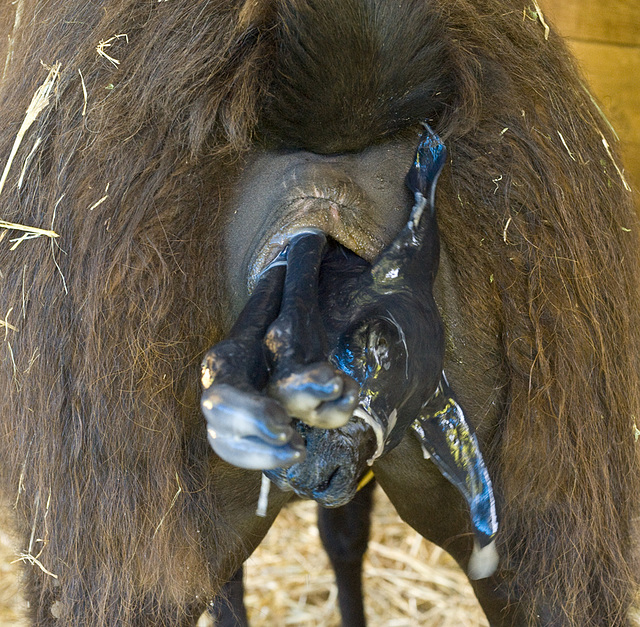04.22.2012 01:15 PM
Feet detail
04.22.2012 01:28 PM
04.22.2012 01:28 PM
04.22.2012 01:28 PM
04.22.2012 01:30 PM
04.22.2012 01:32 PM
04.22.2012 01:34 PM
04.22.2012 02:04 PM
Early Lessons ...
Zorra
Zorra
I know karate ...
Testing, just testing
What is ... that?
The double-standard lesson
Lunchtime, snacktime, dinnertime, whatever!
Milk Knees
Peanut, denuded
A tense conversation
If it itches, scratch it
Toenails make good scratchers
What long necks are good for
Hard work on this end, too.
04.22.2012 01:10 PM
Oh, oh, what's that???
04.22.2012 01:08 PM
04.22.2012 01:04 PM
04.22.2012 12:59 PM
Happy B-Earth Day!!!
How to properly scratch an itch
Mass confusion
Gawk ...
Ohhhhh nooooo ....
Geocat
See also...
Keywords
Authorizations, license
-
Visible by: Everyone -
All rights reserved
-
274 visits
04.22.2012 01:11 PM


Ceilidh is back up and the ears have emerged; baby shakes head and ears every so often, which has got to feel weird!
The shiny membrane covering the ears is not the amniotic sac, but the second membrane unique to llamas. Nobody has bothered to do any DNA or RNA research to determine exactly where this second membrane originated genetically, but at this point strong evidence suggests that it's a duplication of the amniotic sac membrane rather than a duplication of the skin (as originally suggested and as still stated as fact in many veterinary texts).
Why exactly do lamas have this second membrane anyway? It's likely a survival advantage or it wouldn't occur genus-wide. It has been stated that the second membrane keeps the baby's coat dry, but anyone who has attended a lama birth knows the coat is anything but dry. In this photo, you can see the fluid collecting in the membrane at the ends of the ears!
Maybe it's nature's windbreaker during birth. Maybe it thwarts predators by making the baby itself harder to grab. I suspect we humans will never know the real answer.
The shiny membrane covering the ears is not the amniotic sac, but the second membrane unique to llamas. Nobody has bothered to do any DNA or RNA research to determine exactly where this second membrane originated genetically, but at this point strong evidence suggests that it's a duplication of the amniotic sac membrane rather than a duplication of the skin (as originally suggested and as still stated as fact in many veterinary texts).
Why exactly do lamas have this second membrane anyway? It's likely a survival advantage or it wouldn't occur genus-wide. It has been stated that the second membrane keeps the baby's coat dry, but anyone who has attended a lama birth knows the coat is anything but dry. In this photo, you can see the fluid collecting in the membrane at the ends of the ears!
Maybe it's nature's windbreaker during birth. Maybe it thwarts predators by making the baby itself harder to grab. I suspect we humans will never know the real answer.
- Keyboard shortcuts:
Jump to top
RSS feed- Latest comments - Subscribe to the comment feeds of this photo
- ipernity © 2007-2025
- Help & Contact
|
Club news
|
About ipernity
|
History |
ipernity Club & Prices |
Guide of good conduct
Donate | Group guidelines | Privacy policy | Terms of use | Statutes | In memoria -
Facebook
Twitter

Sign-in to write a comment.